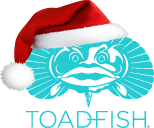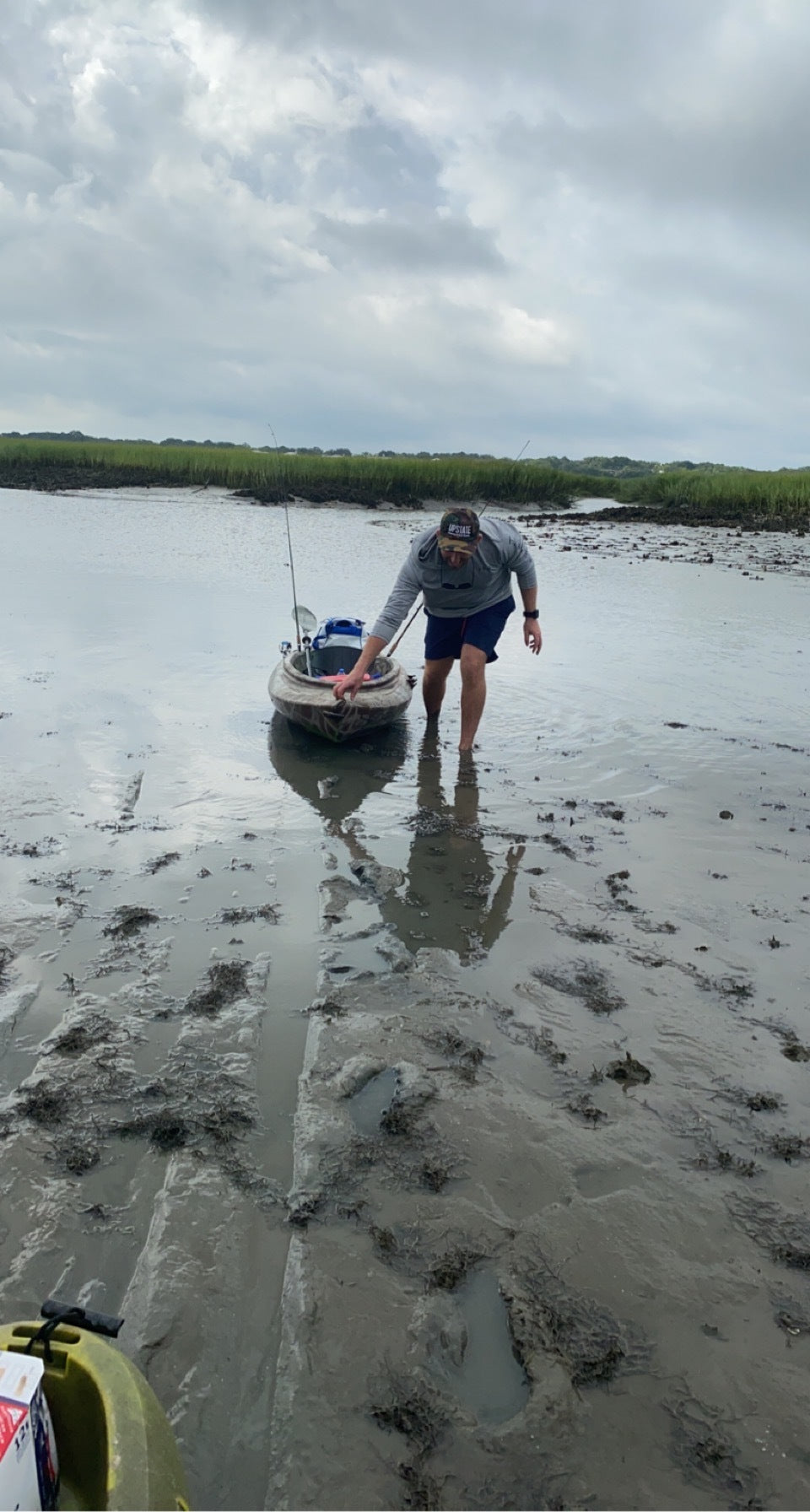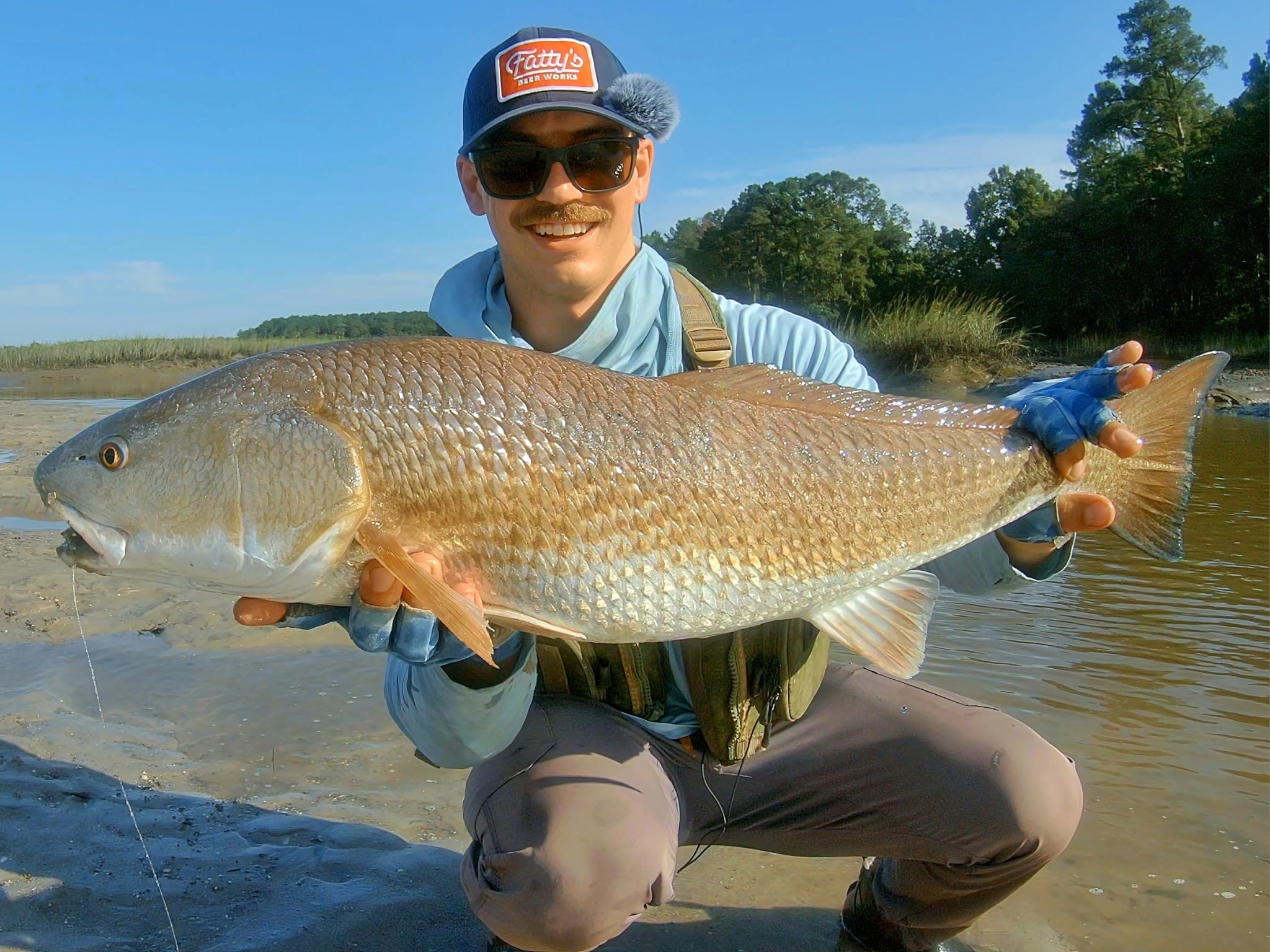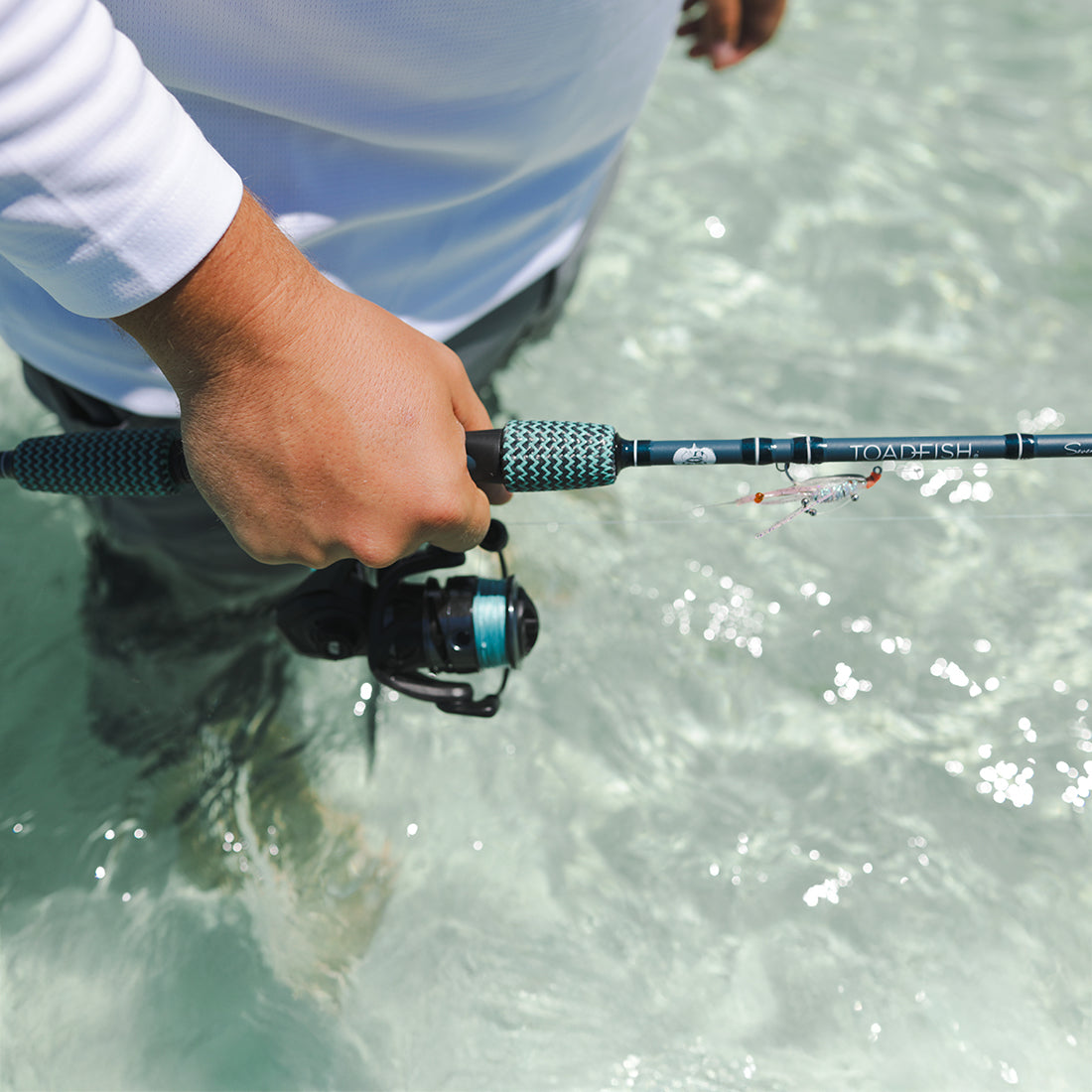As a kid, I always heard the adults around me say, “It smells like low tide.” Being the small, unintelligent kid I once was, I assumed it was a superpower. However, as I have grown older, I have learned that superpowers aren't real. Yet, the saying persists until I am knee-deep in pluff mud one day, trying to get to my fishing spot. I realized that it smelled like low tide. It was the pluff mud!
How Did Pluff Mud Get Its Name?
There are endless theories about how pluff mud got its name. Some say it is an Onomatopoeia, which is the practice of naming something based on a phonetic imitation of a sound associated with it. So, in this case, the “pluff” is the sound the mud makes when you walk through it.
However, we do know that in the 19th century, farmers used mud to help fertilize the land they were farming for cotton. At that time, they referred to it as “Plow” mud, but it was spelled as “plough.” So today, some theorize that the jump was made from plough to pluff. But ultimately, no one knows!

What Is Pluff Mud, And How Is It Important?
Pluff mud is unique to the Lowcountry and comprises decaying materials like fish, marsh grass, and animals. It becomes a giant compost bin. It's a very fertile, brown, quick-sand-like mud.
It is important to remember how important it is to the ecosystem. Despite its aromatic flavor, pluff mud is comprised of amazing nutrients. These nutrients from the decomposing material in the pluff mud are what cause that sulfur gas that smells like low tide! These nutrients help make our estuaries such unique places.
Since all of the decomposition is also a low-oxygen environment, only a few organisms can thrive in the salt marsh. These creatures include oysters, shrimp, fish, and blue crabs. These creatures, of course, attract the awe-inspiring aerial displays of birds that will work a bank slowly and gab the small fish and shrimp out of the water, making up a small fraction of the biodiversity

Can I Eat Pluff Mud?
The short answer is no.
But at Toadfish, we love dessert almost as much as seafood. So put down your oyster knife and fishing rod, grab your Spatula, and get ready to bake! The recipe below is for Pluff Mud Pie. It is a sweet chocolatey dessert best made for friends and family!

Pluff Mud PIe
30 minutes
1 hour
8
Dessert
Recipe: Pluff Mud Pie
Honey: 1 3/4 cups
Dark cocoa powder: 4 3/4 tablespoons
Butter: 6 tablespoons
Heavy cream: 3/4 cup
- Eggs: 4
- 1 unbaked pie crust in a 9-inch pan
- Milk: 2 1/4 tablespoons
-
Flaky sea salt for topping
Instructions
Step 1
Heat oven to 325 degrees. Combine Butter, Honey, cocoa powder and cream in a large heavy-bottom pot over medium heat. Cook, stirring occasionally, until butter is melted and mixture is just starting to simmer.
Step 2
Meanwhile, lightly whip 3 eggs in a medium bowl. Add 3/4 cup of the hot honey mixture, whisking constantly. Pour the tempered egg mixture back into the pot, whisking continuously to keep the eggs from cooking. Continue to cook, mixing, until the combination is thick and smooth, 4-5 minutes; remove from heat.
Step 3
Remove the pie crust from the refrigerator and flute the edges. Whisk together the remaining egg and the milk until well combined. Brush the egg wash over the edge of the pie dough thoroughly.
Step 4
Pour the filling into the pie shell and try to make it as smooth as possible with no air bubbles. Bake the pie for 50 minutes to 1 hour, or until the filling is no longer jiggly. Allow the pie to cool for at least 3 hours, then sprinkle with sea salt.








Share:
What Are Estuaries And Why Are They important
Endangered Species: The Atlantic Sturgeon
2 comments
pCcBoZMX
uMHLdEOkIGCsWDQ